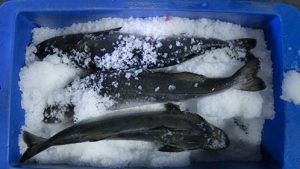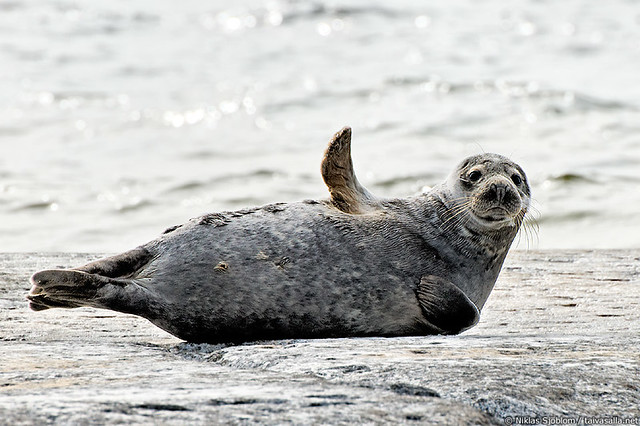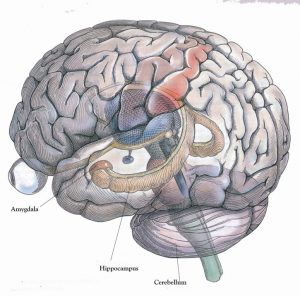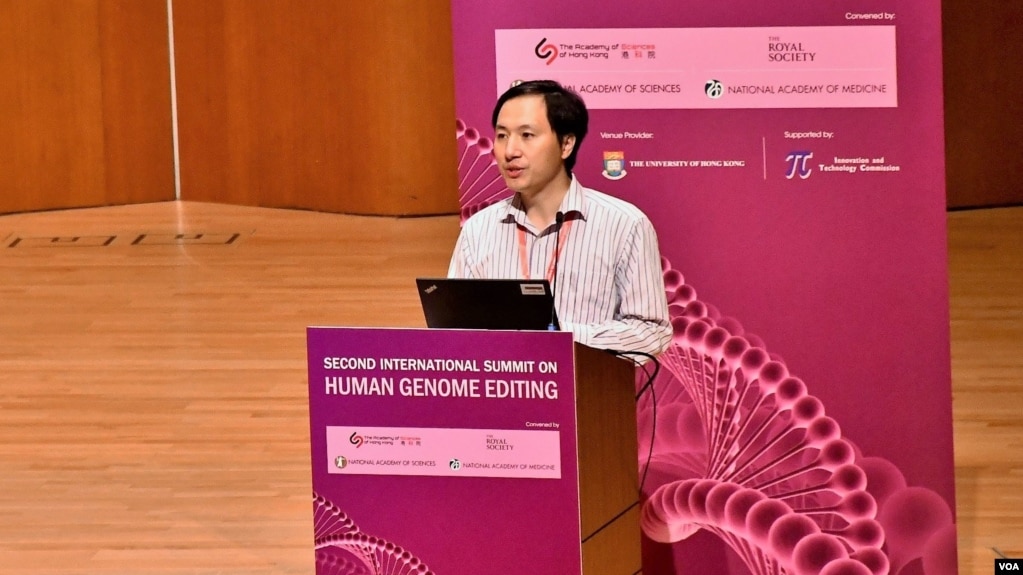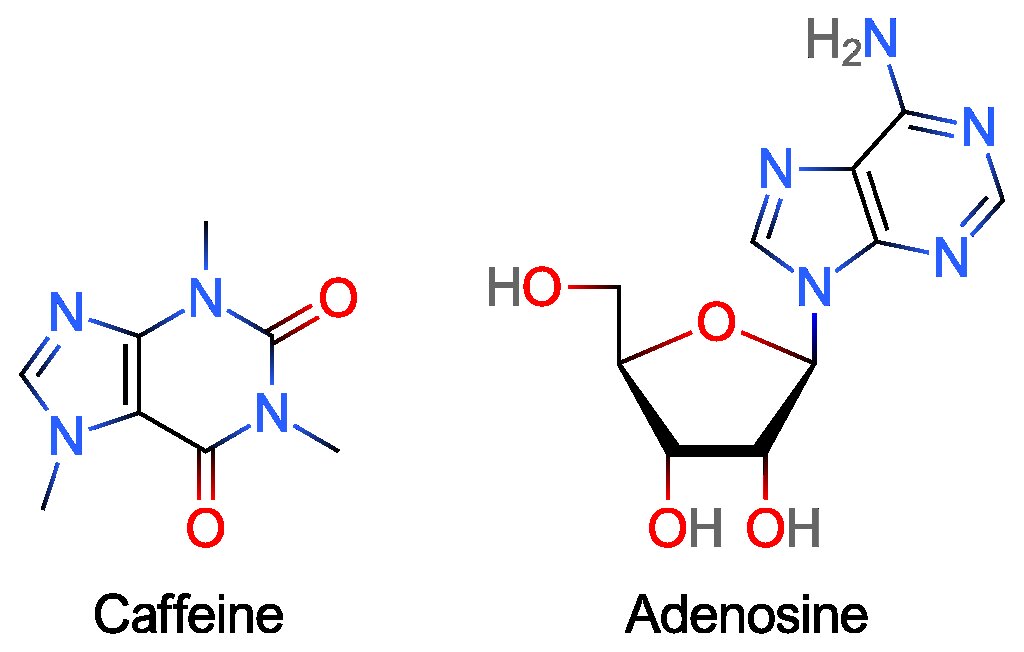Imagine if the next time you visit the doctor for a small cough or sore throat, you find yourself quarantined and confined to a hospital bed instead of swallowing a few pills at home. Although this scenario seems unlikely now, it is becoming more of a reality as antibiotic resistance continues to grow. An increasing number of microbes have become resistant to almost all antibiotics, making even common infections like pneumonia nearly impossible to treat. What’s worse the lack of new drugs to replace ineffective ones.
International institutions like the World Health Organization and the United Nations are urgently calling for new antibiotics. Recently a team of researchers across Canada came together to answer their call. They developed a screening test that could speed up the process of drug development infinitely.
It all started three years ago when Dr. Stephen G. Withers was approached by Dr. Chris Whitfield, a colleague at the University of Guelph. Dr. Whitfield had just made an exciting discovery- something nobody else in the world knew existed yet.

Dr. Stephen Withers, University of British Columbia. Courtesy of UBC. (Source: https://www.msl.ubc.ca/people/dr-stephen-withers/)
His lab had discovered a new protein called beta Kdo glycosyltransferase enzyme, or beta Kdo GT for short. This protein is essential to the survival of nasty pathogenic bacteria, making beta Kdo GT the perfect target for antibiotic development. With this knowledge they could develop an entirely new class of antibiotics.
To do this they needed to find inhibitors of beta Kdo GT: molecules that interfere with with protein functioning and ultimately sabotage the survival of the bacterium. Current screening tests, also known as assays, were expensive and inappropriate for the enzyme they discovered. They needed a new assay, so they sent their research westbound to Dr. Withers and Dr. Todd Lowary, two of Canada’s leading biochemists from the University of British Columbia and the University of Alberta. They were equipped with the knowledge of designing innovative molecular screening tests. These tests provide invaluable information on molecules like potential inhibitors of GT enzymes.
The result? An assay that efficiently identifies inhibitors at just one-tenth of the cost of existing assays.

The robot that carries out the FP-Tag Assay.
This assay cleverly employs fluorescence-polarization and the biotin-avidin association system to detect inhibitors. Weak signals indicate the presence of an inhibitor and potential for an antibiotic drug.
To better understand the reaction behind the screening assay, check out our video:
Source: https://www.youtube.com/watch?v=VzKfxZhNJh0&feature=youtu.be&fbclid=IwAR2ibh5cvJIQ2ofW5o_xBIuxRgMfp7a9h2fZUKvRxgksYm4V3h9cZbIDll4
This new advancement involved three years of multidisciplinary scientific research cross-Canada. The team is currently collaborating with the Centre for Drug Research and Development, using the assay to screen large libraries of molecules. Any hits found are sent back to Guelph for evaluation as potential antibiotics. They hope their assay will inspire other researchers help accelerate the discovery of the first new antibiotic in over 30 years. We had the opportunity to speak to Dr. Withers at UBC about his assay in the context of the antibiotic resistance crisis. Let’s listen in:
With such an urgent and ongoing threat to global health looming before us, their discovery could not come any sooner.
– Group 3: Jingyi Cheng, Justine Law, Adria Lwin, Shreshtha Mall


